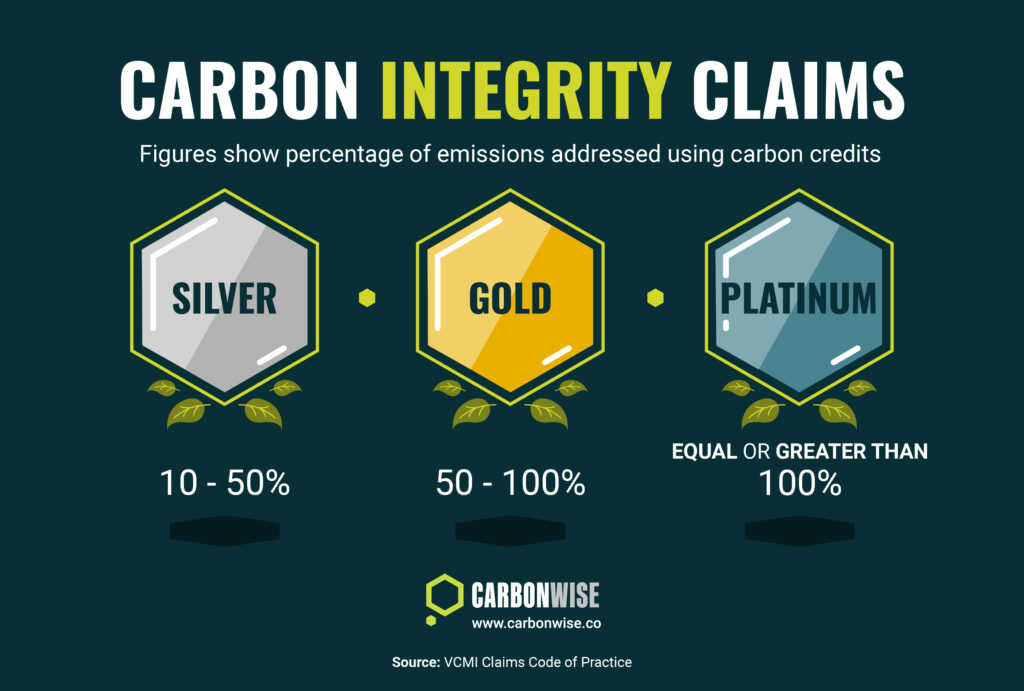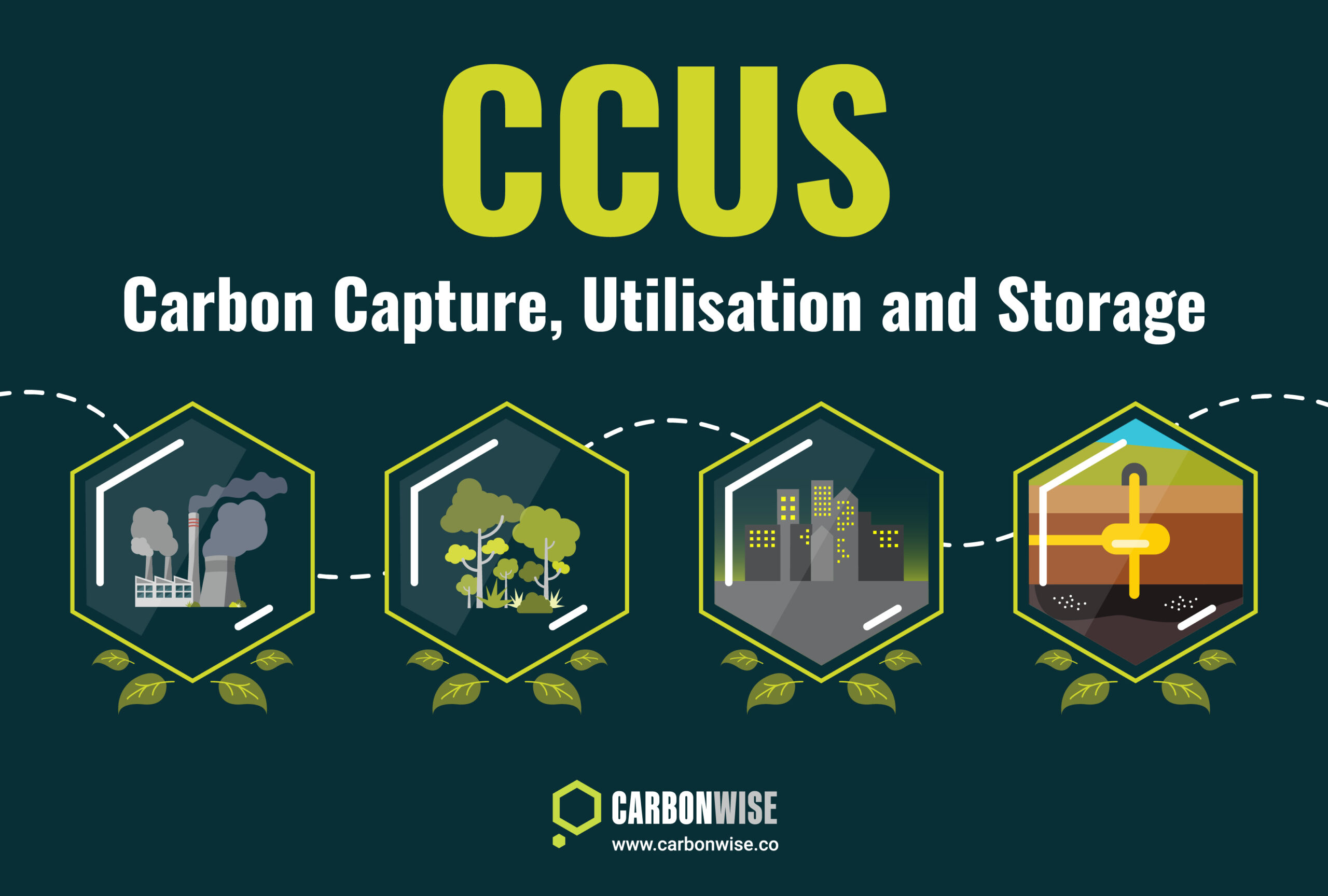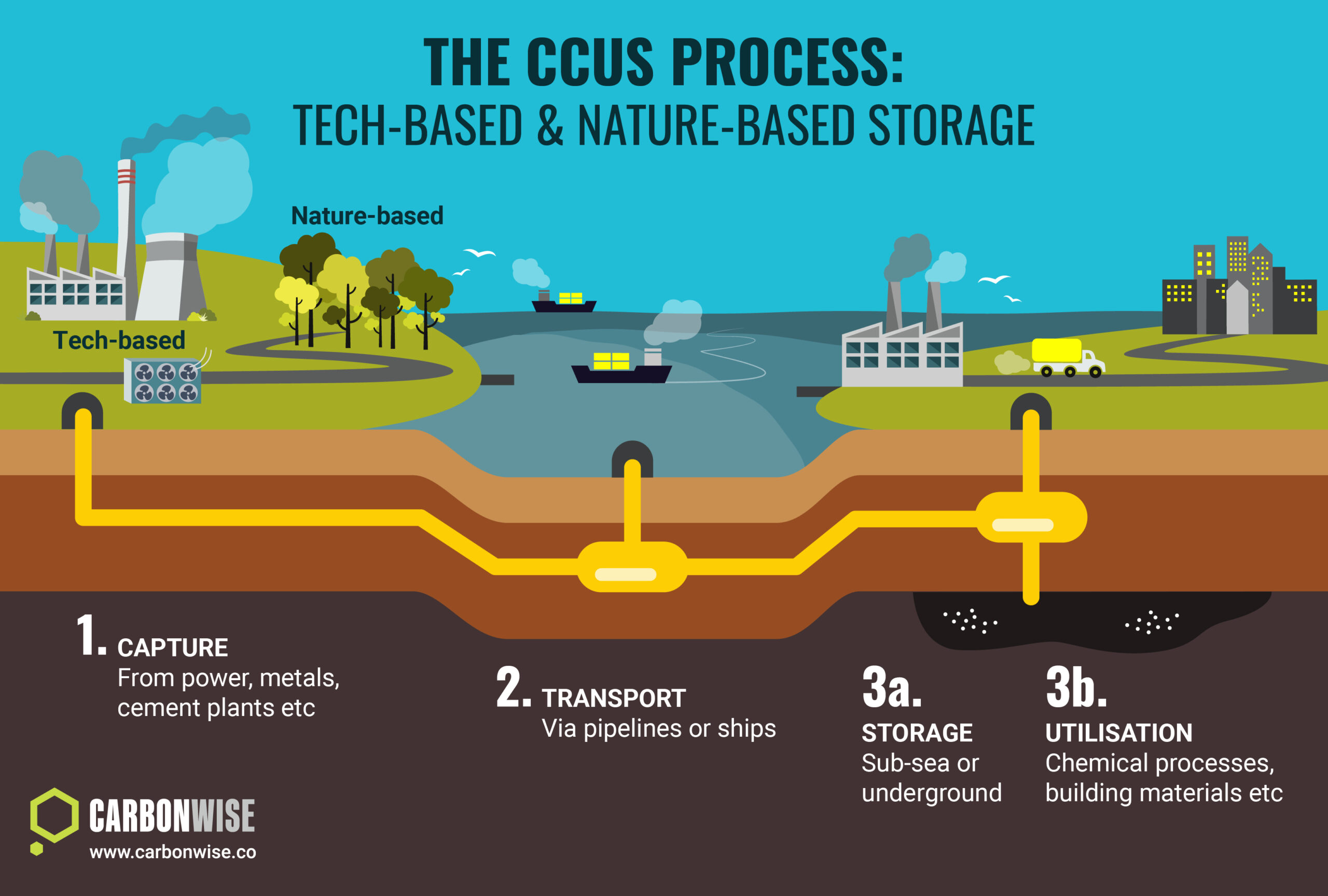In the context of the voluntary carbon market, a ‘claim’ refers to the use of carbon credits by a company or other organisation to achieve a specified environmental or sustainability goal.
Corporate emitters of greenhouse gases (GHGs) often buy carbon credits from climate projects in order to claim that they are ‘carbon neutral’ or making progress towards ‘net zero’ emissions goals.
As greater scrutiny has come to bear on the growing market for carbon credits, the importance of clear definitions has increased, and in particular on what companies can legitimately claim when buying and retiring these assets.
General definitions
In general, ‘carbon neutral’ refers to a state in which the net carbon dioxide equivalent emissions resulting from an entity’s activities is zero. Carbon neutrality can be achieved by reducing and offsetting CO2 emissions but it can also be achieved by offsetting alone.
In contrast, the term ‘net zero emissions’ or ‘net zero’ for short, is more stringent, as it implies cutting actual emissions within an entity’s supply chain, and only then using carbon credits to offset any remaining emissions. This is the approach endorsed by the United Nations and other organisations including the International Organisation for Standardisation (ISO).
Net zero is also generally understood to refer to all GHG emissions, not just carbon dioxide. For example, most national climate targets include reductions of methane and other powerful GHGs in addition to CO2.
Companies and individuals commonly use the term ‘carbon neutral’ when describing a product or company goal, while ‘net zero’ is a goal that national governments aspire to with a particular date attached, as part of a global effort to reach net zero emissions across all parts of the global economy by 2050.
These individual corporate and national targets are vital, because there is an international scientific consensus that to avert the worst impacts of climate change, GHG emissions from all human activities need to be reduced by about 45% from 2010 levels by 2030, and to reach net zero by 2050.
This means that any remaining emissions in 2050 from energy generation, transport, industry, buildings, waste, land-use and all other sources must be counterbalanced by so-called carbon ‘sinks’ that take CO2 out of the atmosphere, such as forestation and reforestation projects, increased absorption of CO2 in soils and the oceans, or technology-based carbon capture and storage, for example direct air carbon capture facilities.
Since GHG emissions reductions alone cannot deliver this goal, these carbon sinks or ‘removals’ of atmospheric carbon will become increasingly necessary to achieve the 2050 target.
Greater scrutiny
The voluntary carbon market is widely expected to need to grow by at least 15 times its current size by 2030 and much more by 2050, to play a meaningful role in delivering the global net zero objective. With this expected growth, greater scrutiny has come to bear on the market for carbon offsets.
This applies to the supply side, where the focus is on ensuring that carbon reduction, avoidance or removal projects are genuine, measurable, verifiable and additional to a business-as-usual scenario. It also applies to the demand side, where companies make environmental claims with respect to the use of carbon credits generated by these projects.
Amid a lack of top-down oversight, there have been concerns over the claims that some companies have made through the purchase and retirement of carbon credits. This has created demand for an independent organisation to help set out best practice guidance on this issue.
The Voluntary Carbon Market Integrity Initiative (VCMI) is an international not-for-profit organisation with a goal to enable high-integrity carbon markets that are fully aligned with the Paris Agreement on climate change and its goal to limit global warming to 1.5 degrees C.
Claims Code of Practice
Importantly, the VCMI has set out a Claims Code of Practice, which is a rulebook designed to bring confidence and credibility to voluntary carbon markets. In essence, the code provides clarity for companies, governments, investors and other organisations on best practice when buying carbon credits and how to use them legitimately to make an environmental claim.
This approach involves meeting a set of ‘foundational criteria,’ such as maintaining and disclosing a GHG emissions inventory, setting and publicly announcing near-term science-based climate targets, and demonstrating that the company is on track to meeting its targets.

Silver, gold, platinum
On top of the VCMI’s foundational criteria, a company can choose a silver, gold or platinum tier of claims, which commit the company to purchasing and retiring carbon credits to neutralise various percentages of its total remaining GHG emissions.
Recent negative press around some aspects of the VCM has made it even more important for companies to adhere to strict standards when making environmental claims linked to the use of carbon credits. Without such high standards, companies risk buying assets that can devalue as a result of bad publicity, and companies may also face reputational risk if credits they have used came from projects whose environmental integrity is called into question.








